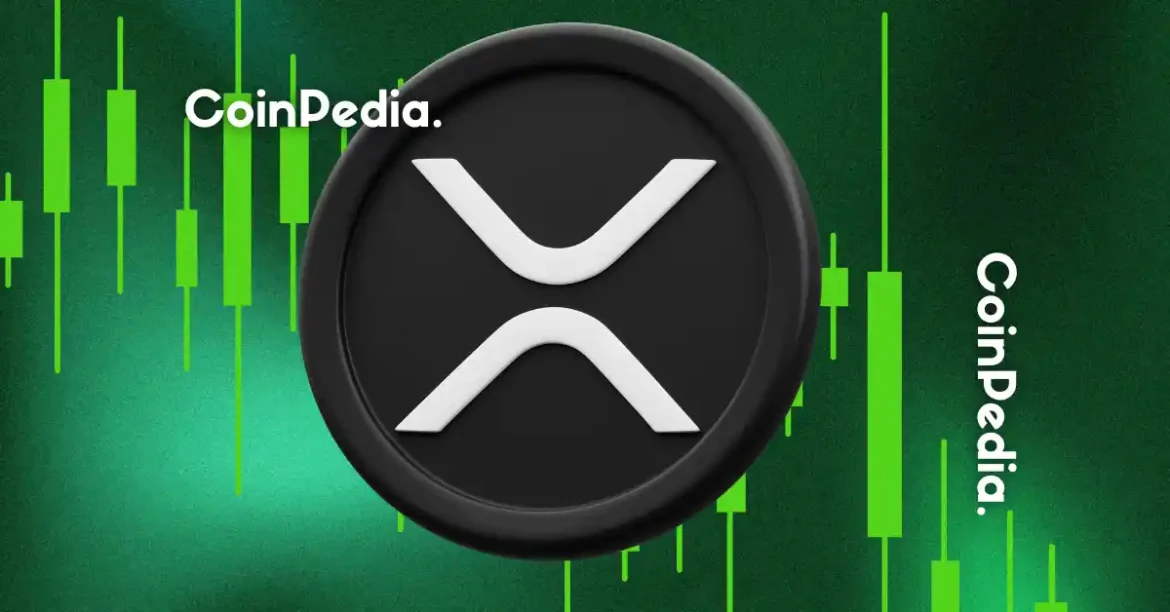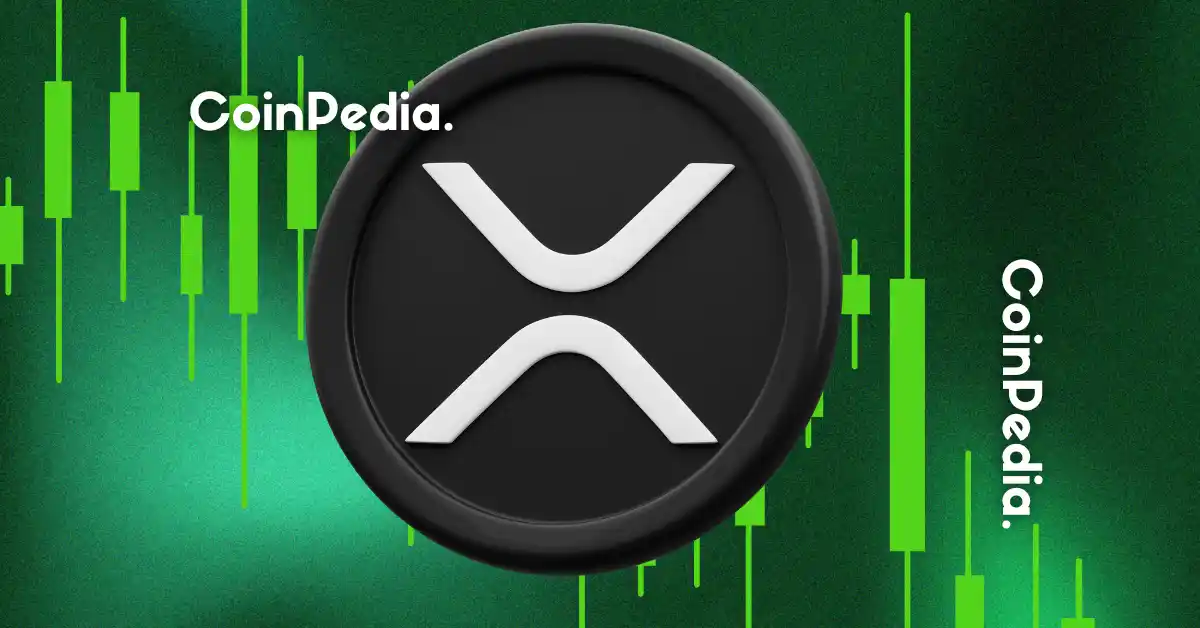In the dynamic and often unpredictable world of cryptocurrencies, significant token movements by major players can send ripples across the market. Recently, SBI VC Trade, a subsidiary of the influential Japanese financial group SBI Holdings and a long-standing partner of Ripple, executed a $703 million transfer of XRP tokens. This substantial transaction, occurring just before Ripple’s scheduled escrow release, has ignited excitement and speculation within the XRP community and beyond. The implications of this move extend far beyond mere token shuffling, touching on Ripple’s tokenomics, regulatory positioning, and the potential for future financial instruments like an XRP ETF. This report explores the layers behind this significant transaction and its broader market implications.
The Anatomy of the $703 Million XRP Movement
The transfer involved approximately 320 million XRP tokens, valued at roughly $703 million at current prices. This transaction was confirmed through blockchain tracking tools such as Whale Alert and occurred shortly before Ripple’s monthly escrow release, where 1 billion XRP are unlocked from escrow accounts. This release is part of a pre-established schedule dating back to 2017, designed to manage the token supply systematically and maintain market stability.
Ripple’s escrow system is a critical component of its tokenomics, with about 37.43 billion tokens placed in escrow to control token supply inflation and prevent market flooding. SBI Holdings, which holds nearly a 9% equity stake in Ripple and serves as a key financial bridge in Asia, orchestrated this massive internal movement. The timing of this transfer is significant, as it suggests a strategic recalibration of holdings to align with the escrow releases, potentially preparing for wider liquidity deployment or new partnerships.
Ripple’s Escrow Mechanism and Market Confidence
Ripple’s escrow mechanism is designed to release fixed amounts of XRP monthly to meet operational needs without causing abrupt price crashes. By transferring a large quantity of tokens within the ecosystem, SBI appears to be adjusting its holdings to synchronize with these escrow releases. This could indicate preparations for increased liquidity or strategic partnerships.
The circulating supply of XRP currently stands at approximately 57.76 billion out of a total 100 billion token supply, with a substantial reserve still controlled or locked by Ripple and its partners. Moves like SBI’s suggest intentions to support market depth, meet institutional demand, or prepare for scalable enterprise use cases. Additionally, Ripple’s leadership frequently highlights token burning to manage network transaction efficiency, which helps build investor confidence by addressing concerns about unchecked token inflation.
The Ripple IPO and SBI’s Strategic Positioning
SBI’s involvement in this transaction is closely tied to broader corporate strategies. As a major shareholder, SBI’s valuation is heavily dependent on Ripple’s performance and market reputation. Ripple’s plans for an initial public offering (IPO) add a layer of anticipation to the market. According to available analysis, SBI does not count escrowed XRP on its books until Ripple goes public, possibly waiting for clearer regulatory and financial clarity.
The $703 million XRP maneuver may be part of SBI’s methodical approach to align assets ahead of liquidity events such as the IPO or institutional sales. By keeping XRP flows transparent yet strategically timed, SBI ensures investor confidence and positions itself favorably for upcoming financial developments. This strategic positioning underscores the deep integration between Ripple and SBI, with both entities working towards a shared vision of mainstream adoption and financial innovation.
ETF Buzz: Is an XRP Exchange-Traded Fund on the Horizon?
The timing of SBI’s move coincides with increased market speculation about potential XRP-based exchange-traded funds (ETFs). ETFs would open XRP to wider mainstream adoption, allowing investors in traditional markets to access the token without holding it directly. This could significantly amplify XRP demand, particularly if Ripple’s legal battle with regulatory bodies concludes favorably.
A positive settlement could clear the path for U.S. regulatory approval of XRP ETFs, further boosting market confidence. The SBI transfer may also be interpreted as groundwork to supply XRP liquidity for eventual ETF products. As a Ripple partner deeply embedded in Asian markets, SBI’s actions may signal coordinated preparations to support institutional infrastructure that bridges XRP with conventional finance instruments. This could pave the way for broader institutional participation and mass adoption of XRP.
Market Reaction and Price Implications
Despite the massive token movement, XRP’s price response has been relatively muted but positive. This reflects market maturity, where large internal reshuffles by cornerstone partners are anticipated and factored in. Data from early 2025 reveals that XRP’s value surged nearly sevenfold over recent years, indicative of growing network adoption and speculative optimism. SBI’s frequent reports highlight not only rising XRP circulation but also expanding market capitalization, valued around 20 trillion Japanese Yen, underscoring Asia’s central role in XRP’s ecosystem.
The strategic partnership between Ripple and SBI enhances expectations of XRP’s role in cross-border payments, decentralized finance (DeFi), and merchant integration. This attracts global attention beyond mere speculative trading, positioning XRP as a foundational instrument in global blockchain finance. The market’s positive reaction to SBI’s move suggests confidence in the long-term potential of XRP and its ability to overcome regulatory and competitive challenges.
Challenges and Future Outlook
While the transfer and escrow releases demonstrate strength, XRP faces several ongoing challenges. Regulatory uncertainty, particularly from legal disputes, has historically constrained XRP liquidity in some jurisdictions. Market competition from other cryptocurrencies and payment networks also pressures XRP to maintain innovation edges. Additionally, practical integrations with financial institutions require not only token availability but also regulatory clarity, technological reliability, and customer trust.
Despite these challenges, SBI’s deliberate and significant XRP movements demonstrate confidence in overcoming these obstacles. The upcoming Ripple IPO and possible ETF launches represent pivotal catalysts that could redefine XRP’s standing in global finance. As the market evolves, SBI’s strategic maneuvers are likely to play a crucial role in accelerating adoption and positioning XRP for broader institutional participation.
Conclusion: SBI’s Strategic XRP Maneuver Signals a New Chapter
SBI’s $703 million XRP transfer is more than a high-value transaction; it’s a strategic signal. It underscores the symbiotic relationship between Ripple and one of its most influential partners, poised to capitalize on upcoming market reforms, product launches, and ecosystem expansion. Through Ripple’s controlled escrow system and SBI’s orchestrated token movements, XRP is gradually shifting from a niche digital asset to a foundational instrument in global blockchain finance.
Coupled with regulatory progress and ETF speculation, this move may well mark the dawn of broader institutional participation and mass adoption. For market watchers and investors alike, SBI’s XRP operations demand close attention—heralding not just a token shuffle, but the careful laying of a global infrastructure that could propel XRP into the mainstream financial spotlight. As the cryptocurrency landscape continues to evolve, the strategic maneuvers of key players like SBI and Ripple will be instrumental in shaping the future of digital finance.





